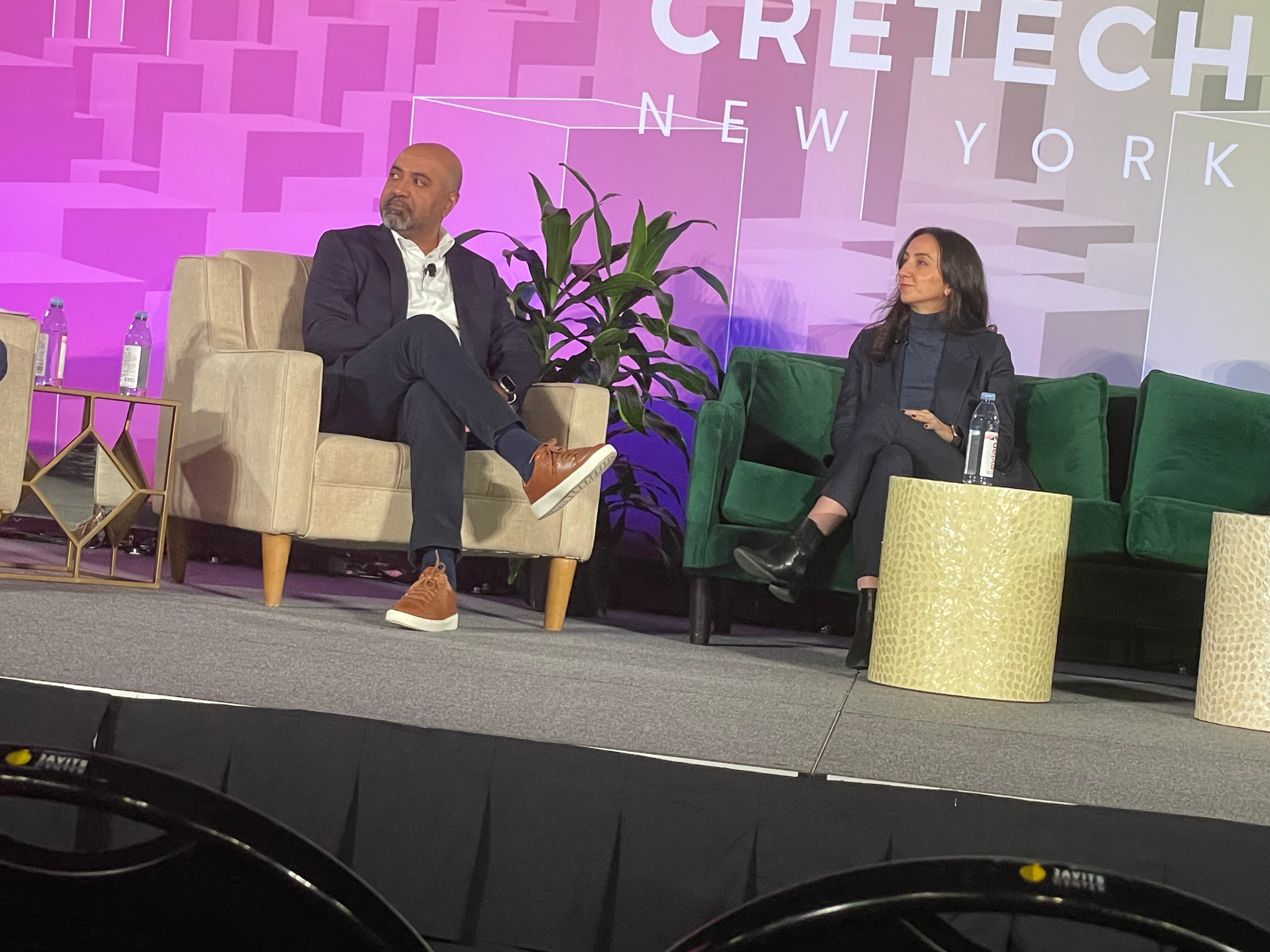(Read more on the multifamily market.)
WASHINGTON, DC-The metro office of Marcus & Millichap Real Estate Investment Brokerage Co.'s national multihousing group has closed $22.3 million of multifamily sales in the District over the last three months by successfully sourcing the deals to nonprofits. In several cases, says Ari Firoozabadi, an associate in the office, the tenants chose to exercise their first right of refusal under DC law and obtained the funding from non-profits that wanted to keep the housing affordable. In other cases, the properties did not attract interest from investors or condo converters. Nonprofits though, due to their special use, were able to afford to pay for the property--again to keep it as affordable housing.
Firoozabadi says, there has been an increase in this activity in the DC area since the last election. "I think the reason nonprofits are buying now is because Mayor Adrian Fenty has been increasing efforts around affordable housing," he tells GlobeSt.com.
One deal Firoozabadi just closed is 3033 16th St., a 92-unit building that had been under contract for 10 months. The tenants acquired the building for $10.9 million with assistance from the Department of Housing and Community Development and funding from the nonprofit LISC Self Help fund.
"The tenants are buying the building as a co-op and plan to convert half the building into condos. These will be held as affordable in perpetuity."
Firoozabadi says this building traded at an excellent price considering that it was not a customary conversion property. Half of the units are efficiencies and half are one-bedrooms. Also, there is no parking. "But we sold it at a 2% to 3% cap rate at over $115,000 per unit, which is huge in this market," he says.
Firoozabadi also has two closings scheduled for this week.
One property, at 350 & 360 50th St. SE in the Marshall Heights neighborhood, will trade for $2.1 million. The 32-unit building, which is basically a dilapidated shell, had been difficult to market. "Properties to the north were being converted to condos and to the south had already been converted to condos," Firoozabadi says. "Those weren't selling, which caused many potential buyers to shy away."
A similar situation existed at 2810 to 2872 Texas Ave. SE, also closing this week for $1.7 million. "Both of these properties were delivered with plans and permits for condo conversion but the condo converters were afraid of the deals because they were comprised of one bedroom units," he says. In this case, SOME (So Others Might Eat) is acquiring the building for affordable housing.
There have been three other such deals over the last three months. In two of the cases there were interested contract buyers that were supplanted at the closing table--in one case on the day of closing--by tenants exercising their first right of refusal. Like the 3033 16th St., nonprofit money financed the transactions.Tenants acquired the 31-units at 420 16th Street SE for $2.9 million on the day the contract purchaser was poised to close. "[The would-be buyer] was not happy," Firoozabadi remembers.
At 1468 Harvard St. a nine-unit building traded for $1.6 million. Originally it was contracted to sell for $1.8 million but the seller agreed to drop the price because of changes in market conditions.
1350 to 1354 Jasper Pl. SE, a 40-unit building, traded for $3.2 million, or $80,000 per unit. This building was largely vacant except for two tenants. The property, though, had significant upside as it was across the street from the Henson Ridge redevelopment--a 500-plus-unit project of affordable townhomes and grocery anchored retail center.
The buyer and seller eventually agreed to pay for the two tenants--who had not wanted to leave--to move out temporarily while renovations were under way. The buyer was East of the River CDC and the seller a private entity.
The transaction took 13 months to complete but it was worth it for the seller in the end, Firoozabadi says. "That price was at the very top of the market." All of the nonprofit money deals were priced at the top of the market, in fact, he adds. "Everyone went home happy, except for those contract purchasers that didn't get the properties they wanted."
Want to continue reading?
Become a Free ALM Digital Reader.
Once you are an ALM Digital Member, you’ll receive:
- Breaking commercial real estate news and analysis, on-site and via our newsletters and custom alerts
- Educational webcasts, white papers, and ebooks from industry thought leaders
- Critical coverage of the property casualty insurance and financial advisory markets on our other ALM sites, PropertyCasualty360 and ThinkAdvisor
Already have an account? Sign In Now
*May exclude premium content© 2024 ALM Global, LLC, All Rights Reserved. Request academic re-use from www.copyright.com. All other uses, submit a request to [email protected]. For more information visit Asset & Logo Licensing.








